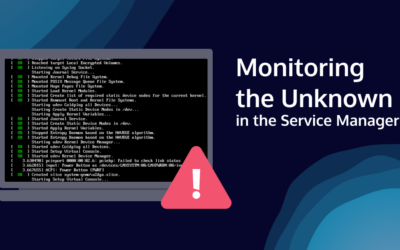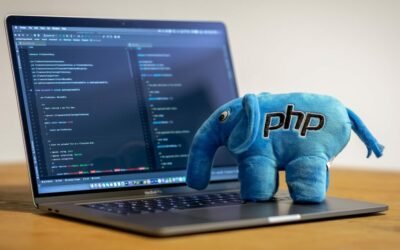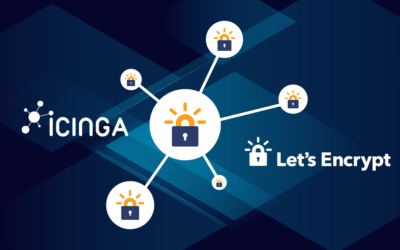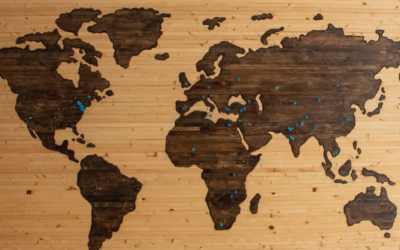As a software developer in training at Icinga, I've learned a lot about the nuances and importance of monitoring systems. Effective monitoring is critical for maintaining the health, performance and...

10 tips for developing an effective monitoring strategy
As a software developer in training at Icinga, I've learned a lot about the nuances and importance of monitoring systems. Effective monitoring is critical for maintaining the health, performance and...
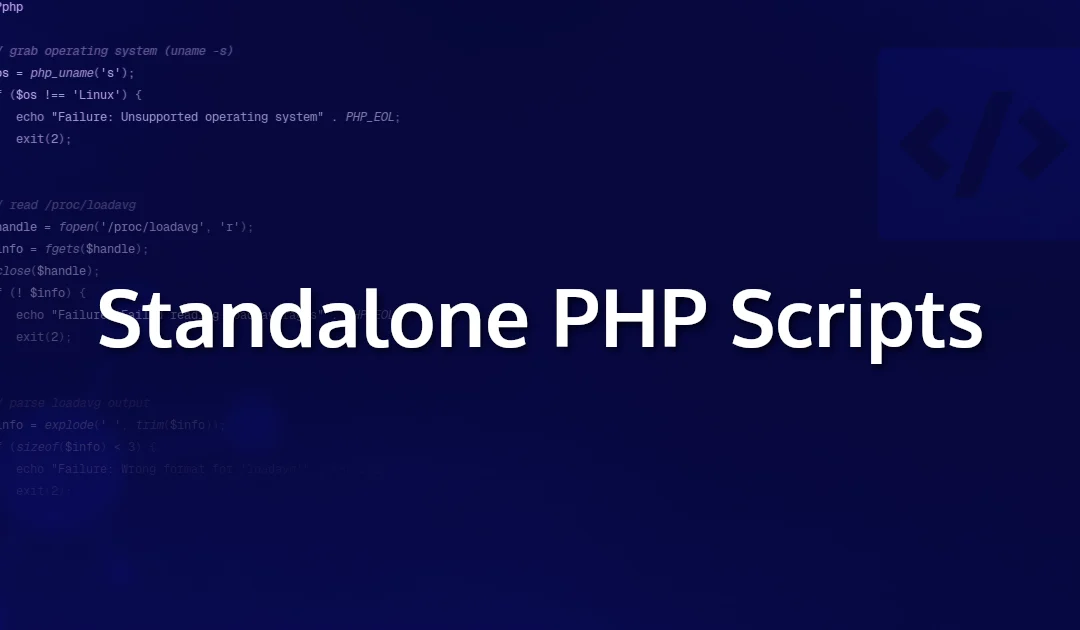
Native Binaries with PHP
There is always a big debate about whether interpreted or compiled languages are more useful. I think it is important to look at the pros and cons. Both language types have their strengths and weaknesses. While interpreted languages are great for maintaining and...

Making Use of Previous State in Icinga2 Check Commands
When writing a custom check plugin for Icinga 2, there are situations where in addition to observing the current state of a system, taking the past into account as well can be helpful. A common case for this is when the data source provides counter values, i.e. values...
Monitoring the Unknown in the Service Manager
Nearly every operating system comes with at least one kind of service management. On a Unix-based operating system, this is historically part of the init system. While the specific tools have matured over time and there are changes between operating systems, they are...
Tutorial Videos on How to write your own Icinga Web module on YouTube!
Have you ever wanted to extend the functionality of Icinga Web to suit your specific needs, but didn't know where to start? Well, you're in luck! Last week, we released a series of tutorial videos on YouTube, hosted by Markus Opolka, Senior Consultant at NETWAYS,...
Icinga 2 API and debug console
Have you ever experienced configuration issues, such as notifications not being sent as expected or apply rules not matching all expected objects, probably due to an incorrectly set custom variable? Icinga 2 has several options to assist you in such situations. Last...
IPL: How to use ipl-web
In my ongoing blogpost series about the Icinga PHP library, I am briefly explaining what the individual components of this library do and how easily you can use them in your project. In my previous blog post, i already covered the ipl-html and explained how easy it is...
Icinga 2 API with Let’s Encrypt certificates, just for fun
In our community forum Michael already outlined the possibility to operate Icinga 2 with an external certification authority, not the one Icinga 2 generates by itself. Thomas, one of our NETWAYS colleagues, reported his experience in that field: in short, it's easy to...
IPL: How to use ipl-stdlib and ipl-i18n
In my previous blogpost, I explained how easy it is to validate forms with the ipl-validator. Today we will talk about the following two very useful libraries: Ipl-stdlib: All our libraries are based on this library. It provides many useful features like string...
Migrating to Icinga DB
Although Icinga DB has been around for some time and many customers and users are already using it, there may still be some who are wondering how to upgrade/migrate to Icinga DB. This post will briefly explain the components of the Icinga DB and how to install them in...
Mapping hostnames to locations with Icinga Director
Recently I came across the Maps module build and maintained by our community. The module displays host objects and annotations on openstreetmap using the JavaScript library leaflet.js. The module reads the coordinates for each host from custom variables and is able to...
How to resolve circular dependency in Icinga2
We recently announced the general availability of Icinga 2.14, which most of you might have noticed, and with that in mind, I'd like to show you how you can easily troubleshoot and eliminate some of the dependencies headaches known as the dependency cycle. What does...

Subscribe to our Newsletter
A monthly digest of the latest Icinga news, releases, articles and community topics.
